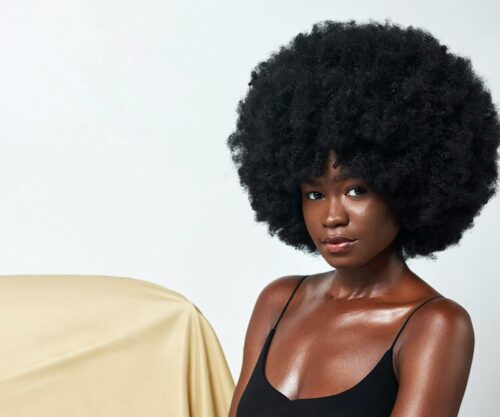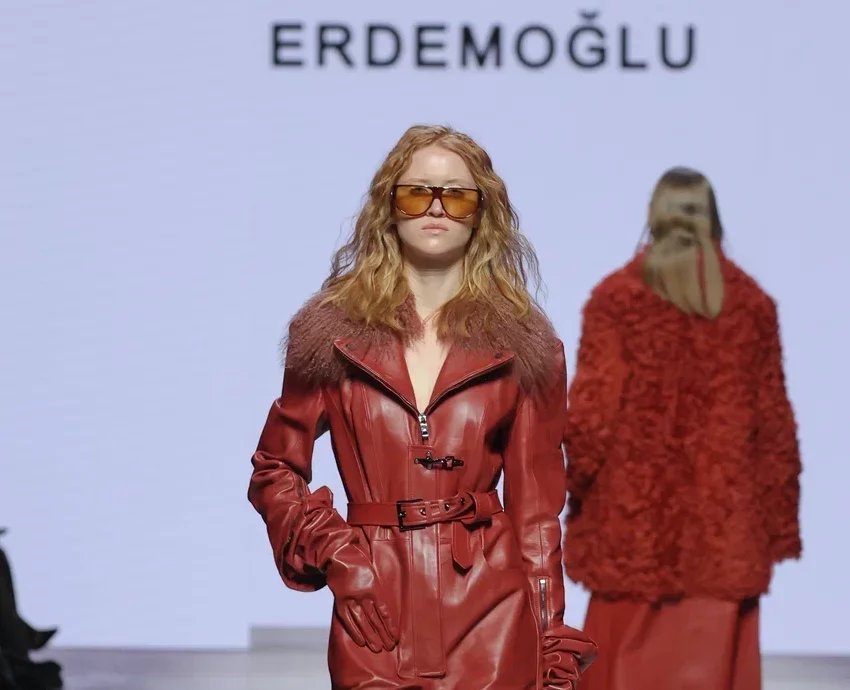
This season, the runways at Moscows Manege revealed more than just seasonal styling, they showcased Russia’s evolving identity grounded in heritage and ambitious execution.
Designers from 27 Russian regions and 9 international countries came together for Moscow Fashion Week 2025, where silhouettes were redefined, traditional storytelling was elevated and layering and textural experiments were rift.
These 5 trends emerged as the week’s most defining.
1. Heritage reimagined
Modern takes on traditional techniques is one of the standout themes that rocked MFW. Designers emphasised cultural roots with rich embroidery and traditional folklore symbolised through a modern lens.
- Loom Weaving spotlighted Armenian craft with oversized knits, fringed wool, and open-back silhouettes.
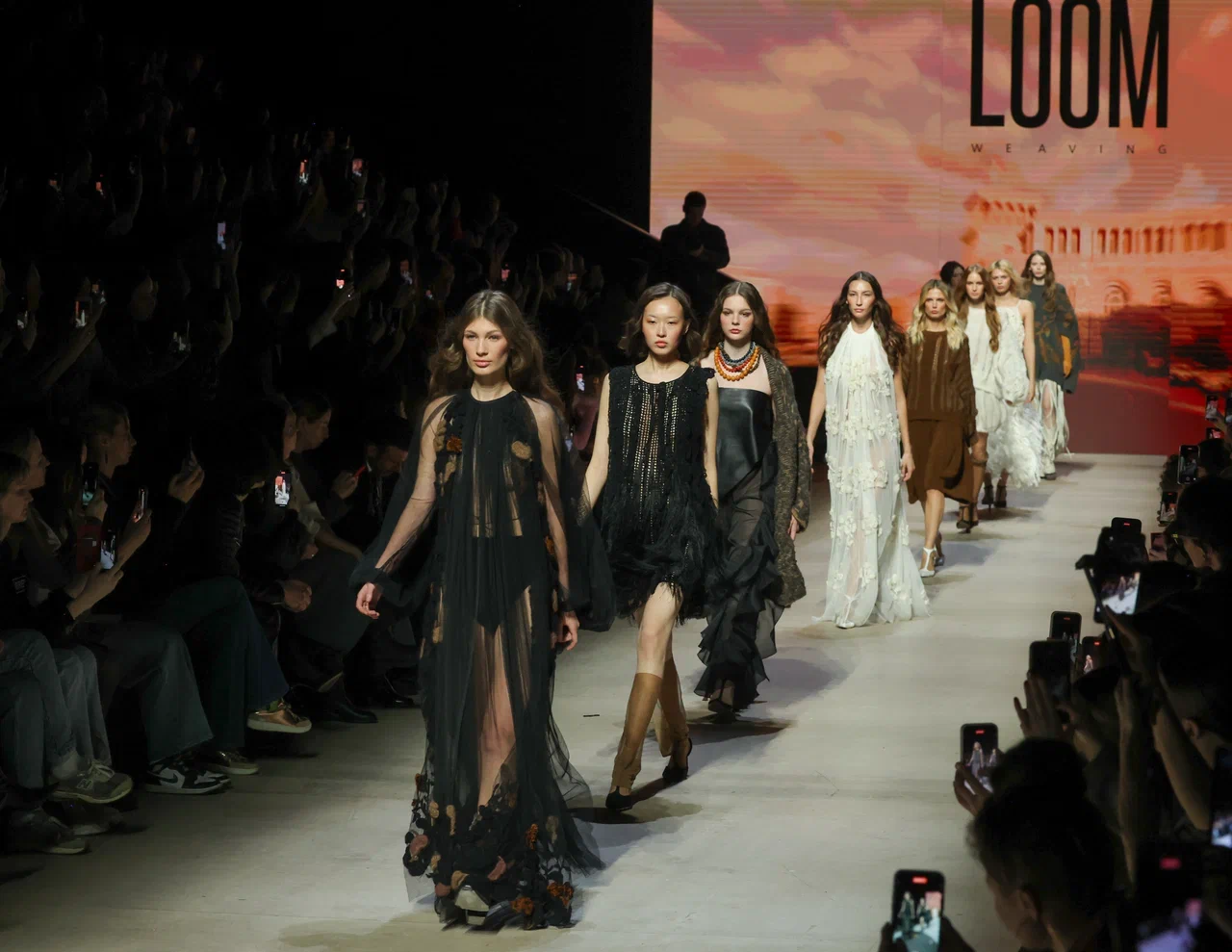
- Solangel featured shimmering eveningwear with intricate detailing that nodded to Russian folklore and orthodox iconography, presenting heritage through an elevated, wearable lens.
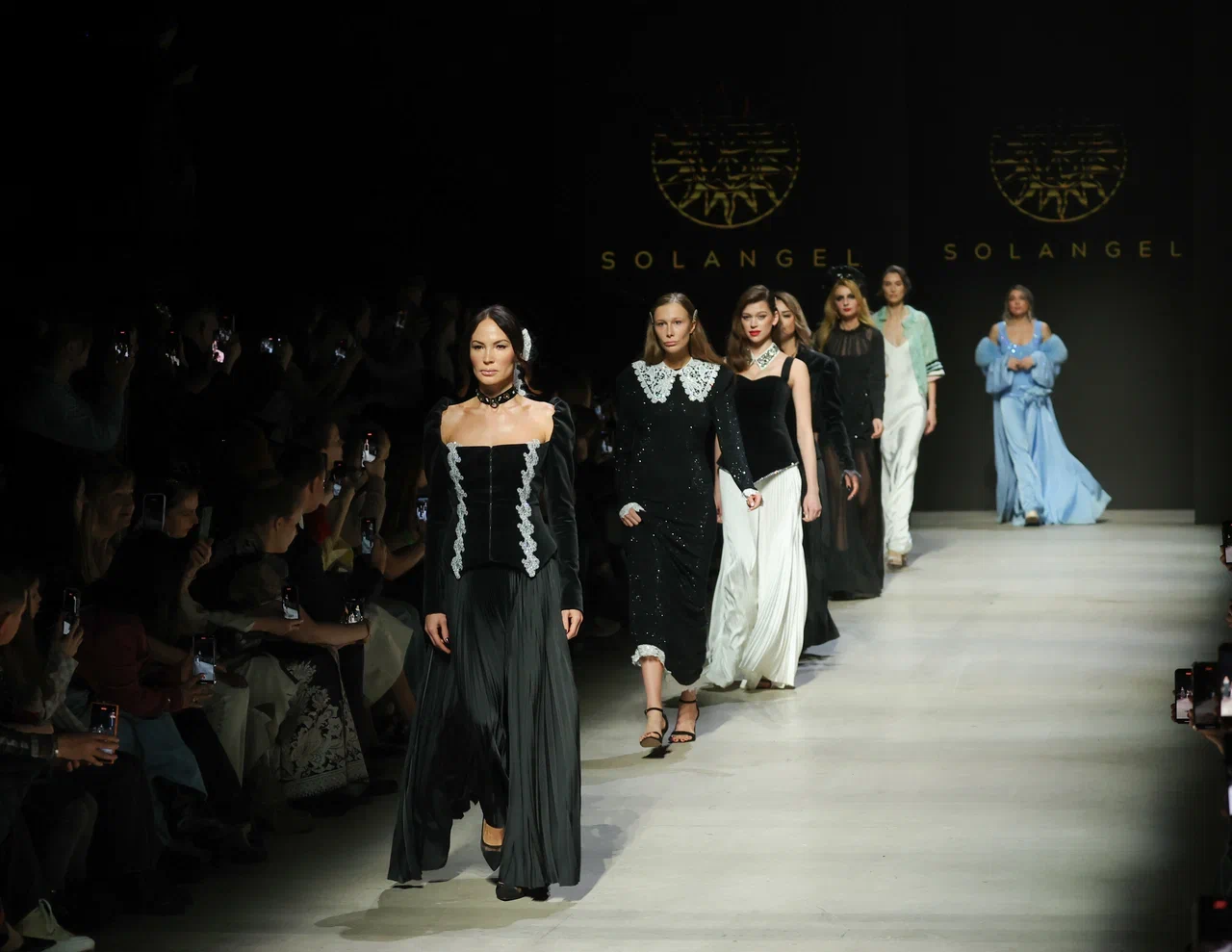
- Abzaeva’s collection wove the textures and tones of Buryatia into layered, modern silhouettes with spiritual depth.
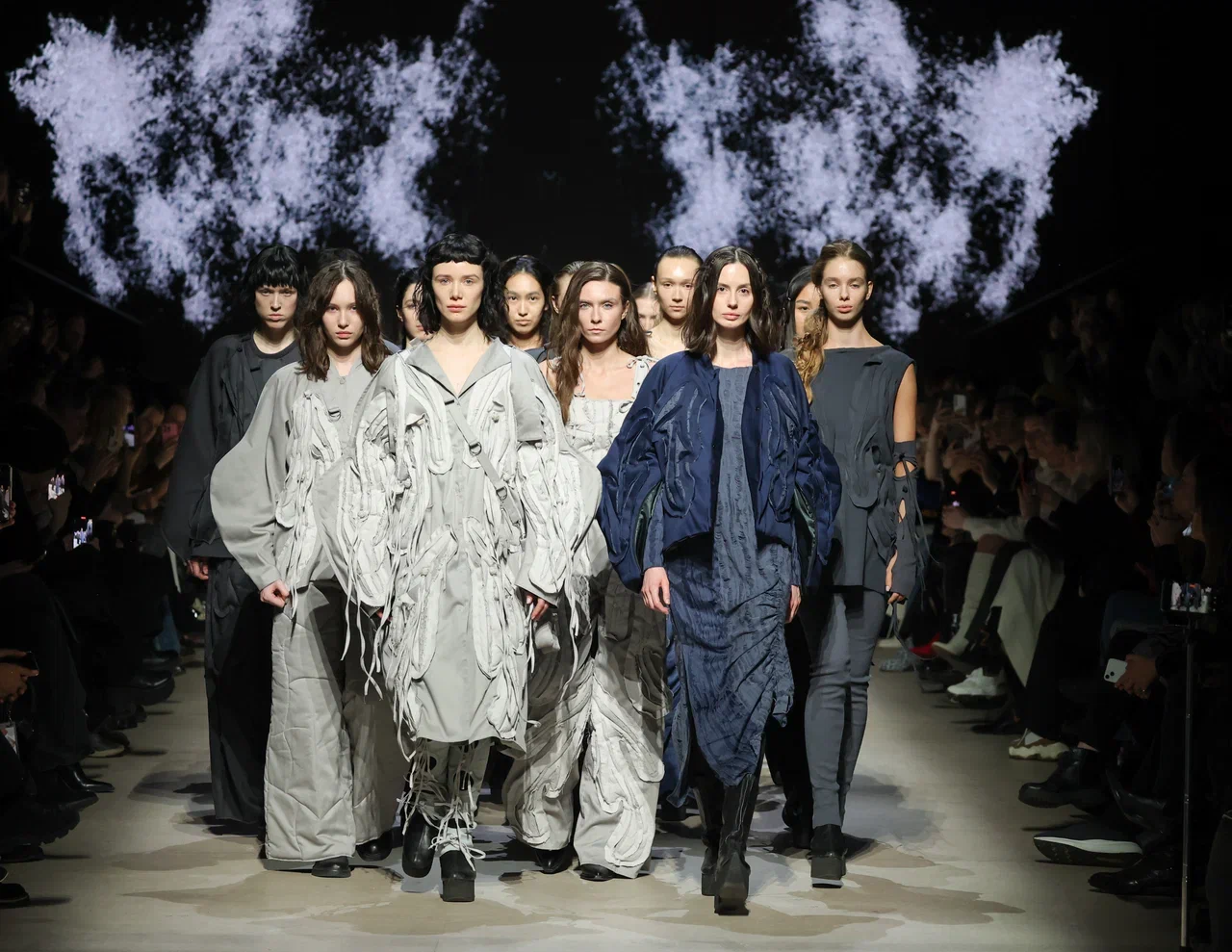
- Measure infused Dagestani goldsmith traditions into flowing silhouettes, bridging past and present with grace.
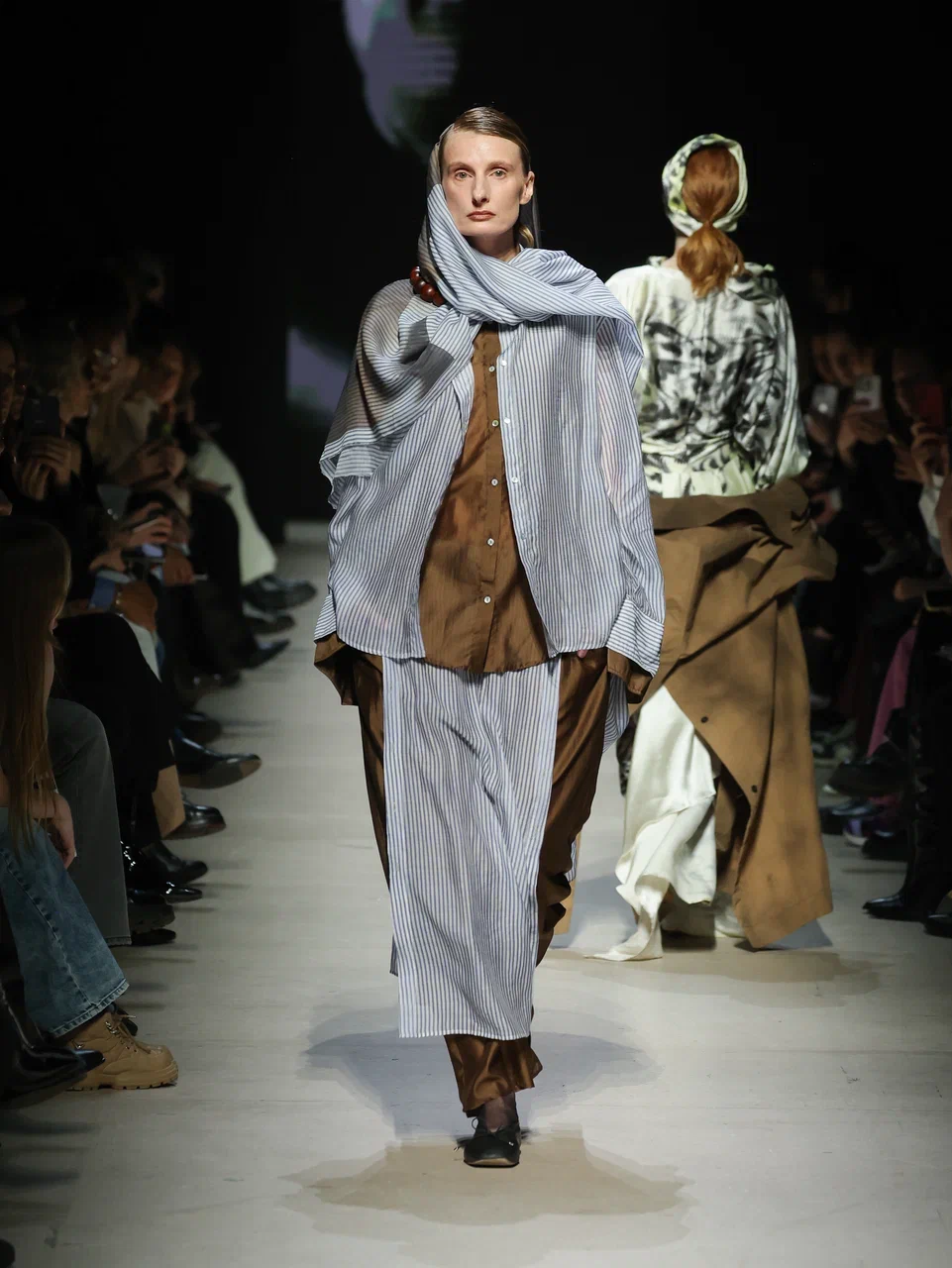
- Vereja’s collection reinterpreted Slavic architecture and folklore into crinolines, royal hems, and set designs built around mythical platbands.
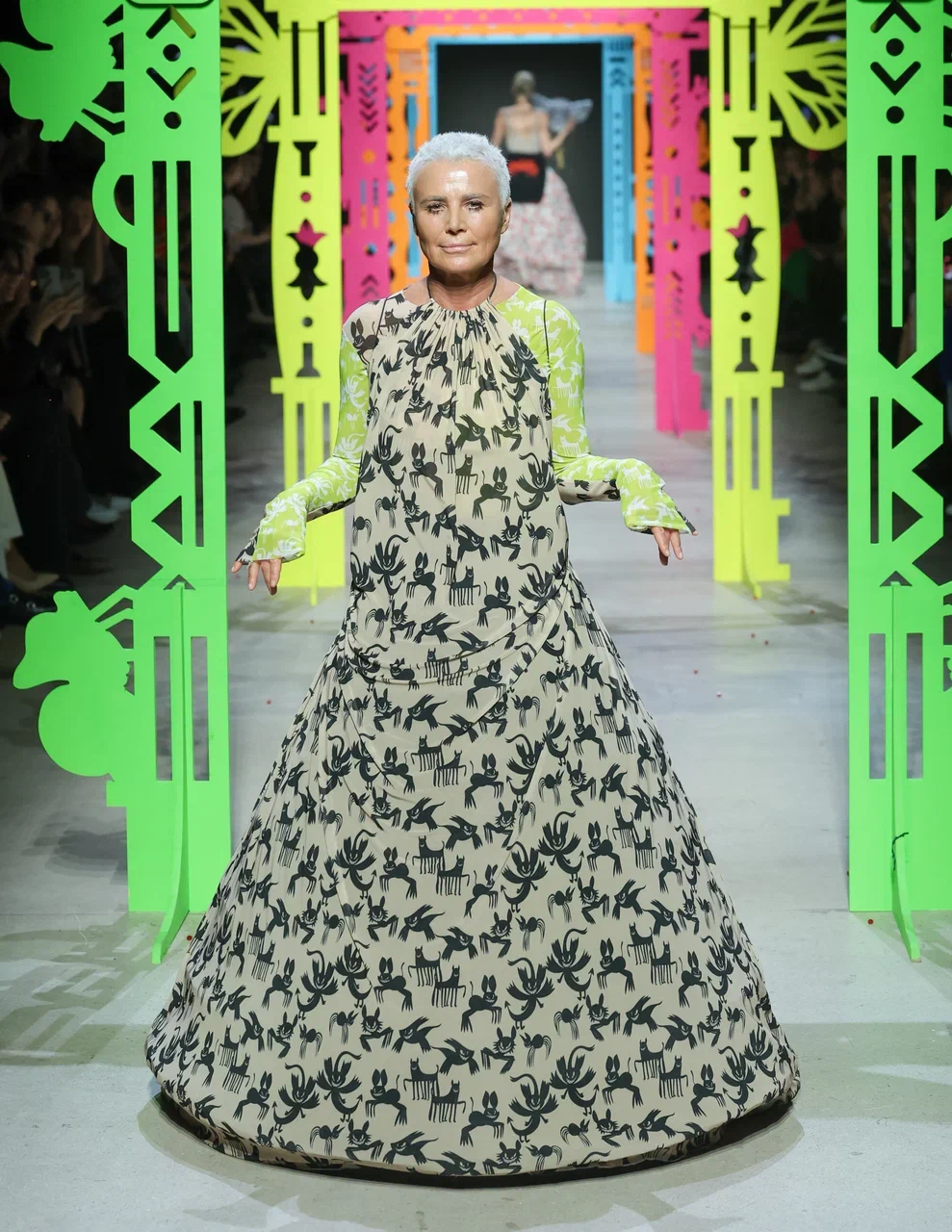
- Alena Musaeva fused 17th-century details and corsetry with vibrant modern palettes in a bold folkloric evolution.
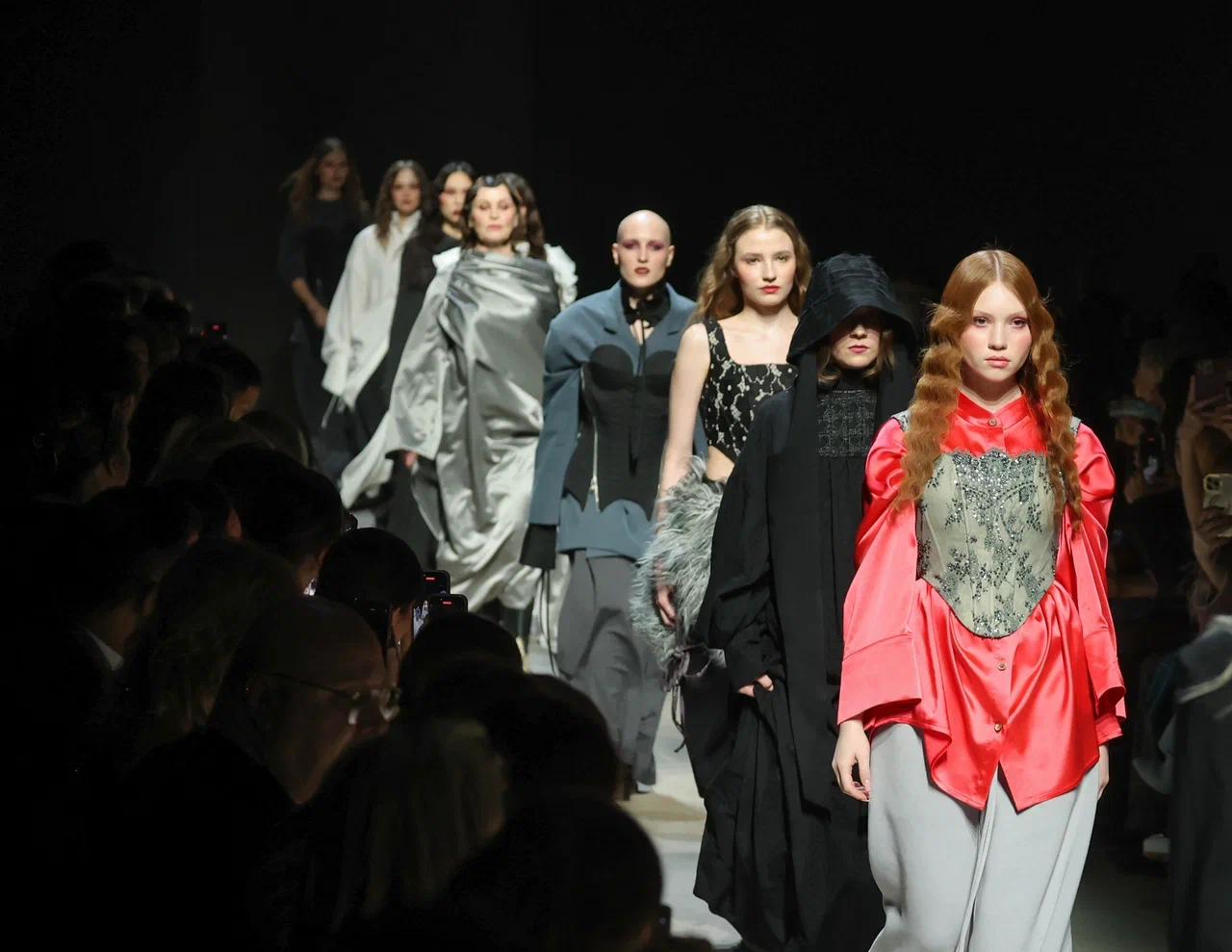
2. Bold tailoring
- Musawenkosi balanced precision tailoring with cultural depth, offering sharp silhouettes accented by minimalist details.

- Emre Erdemoğlu’s womenswear debut line, Barlas, used structured tailoring and strong shoulders to express femininity.
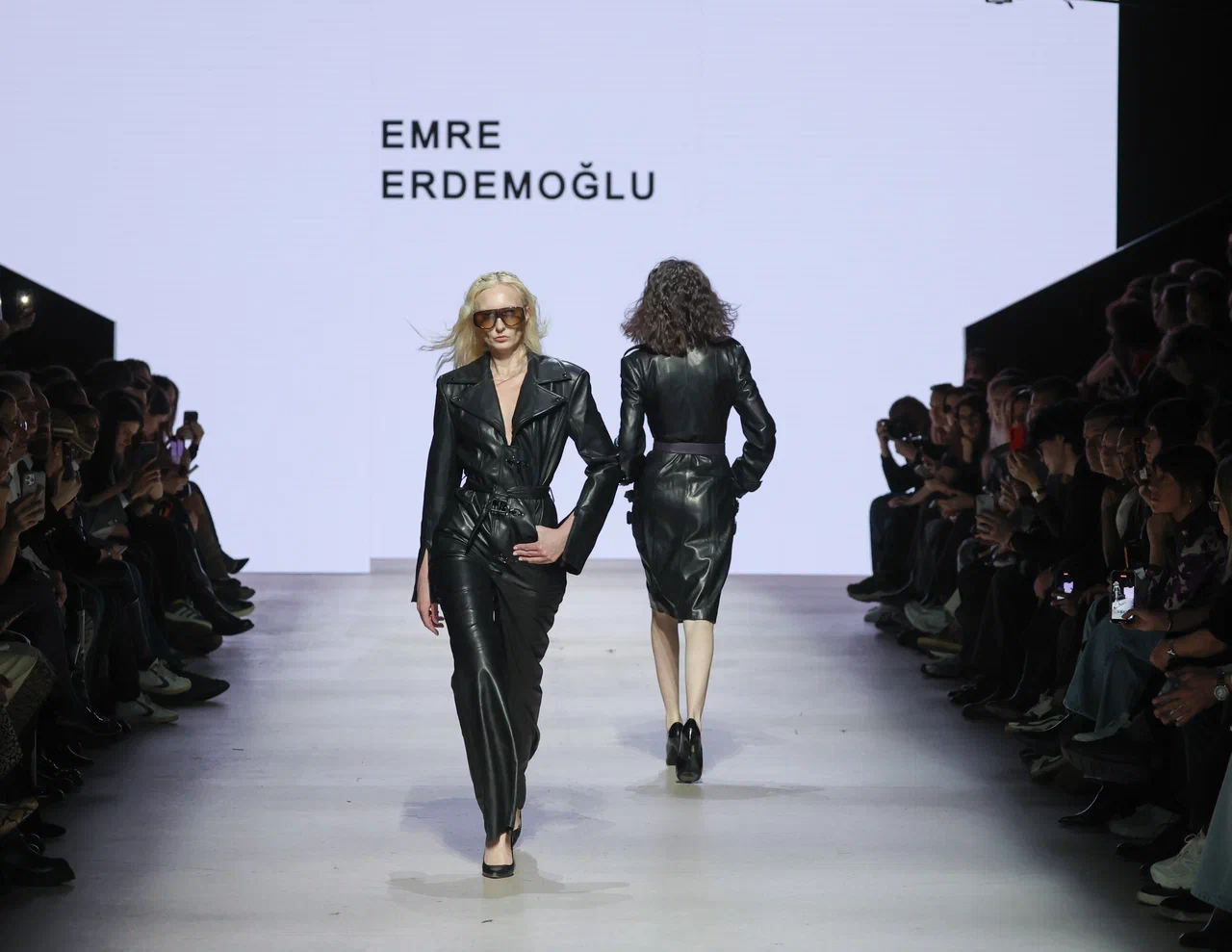
- Ammonit showcased elegant tailoring that was softened by knits and subtle natural hues.
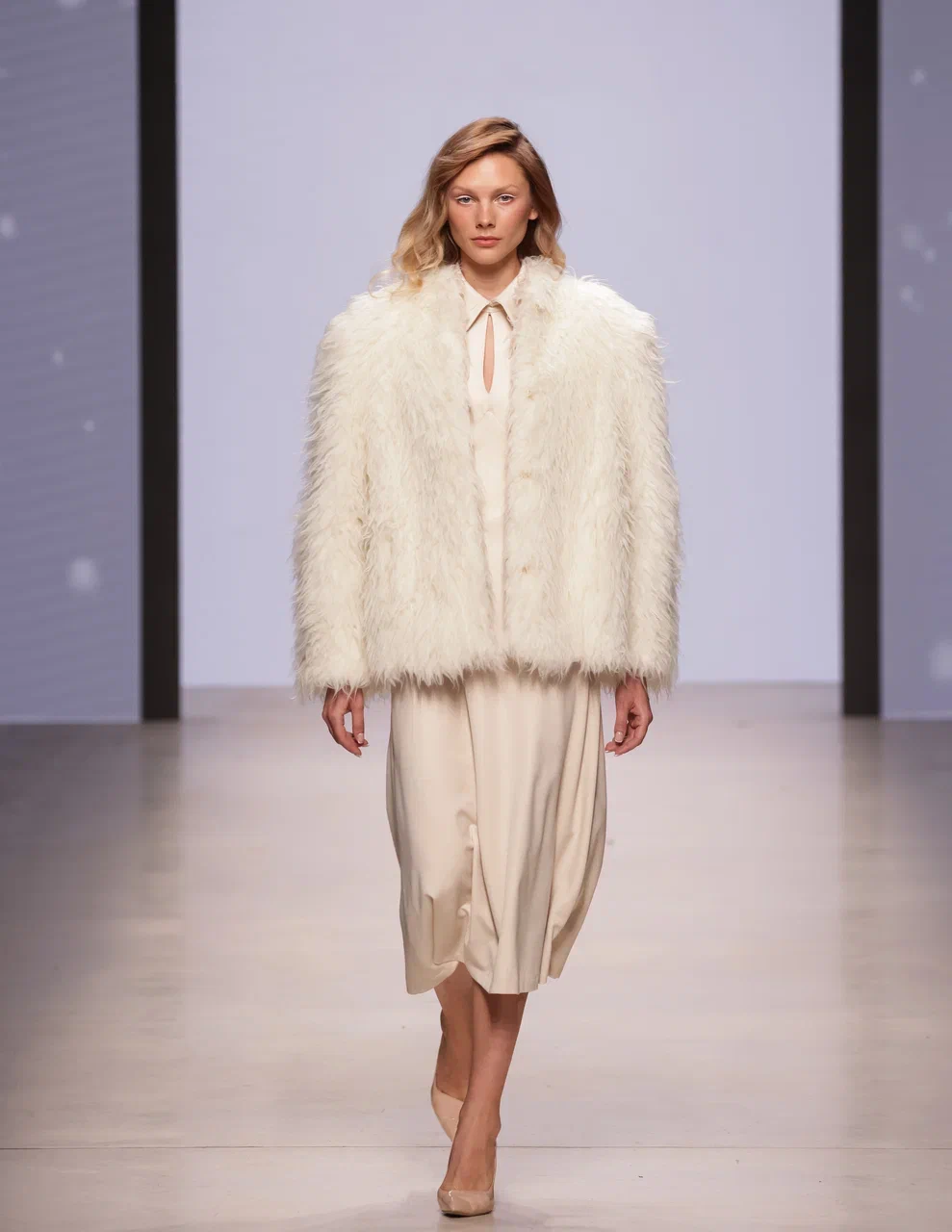
- Capparel brought drama through raw edges, exaggerated silhouettes, and asymmetrical suiting.
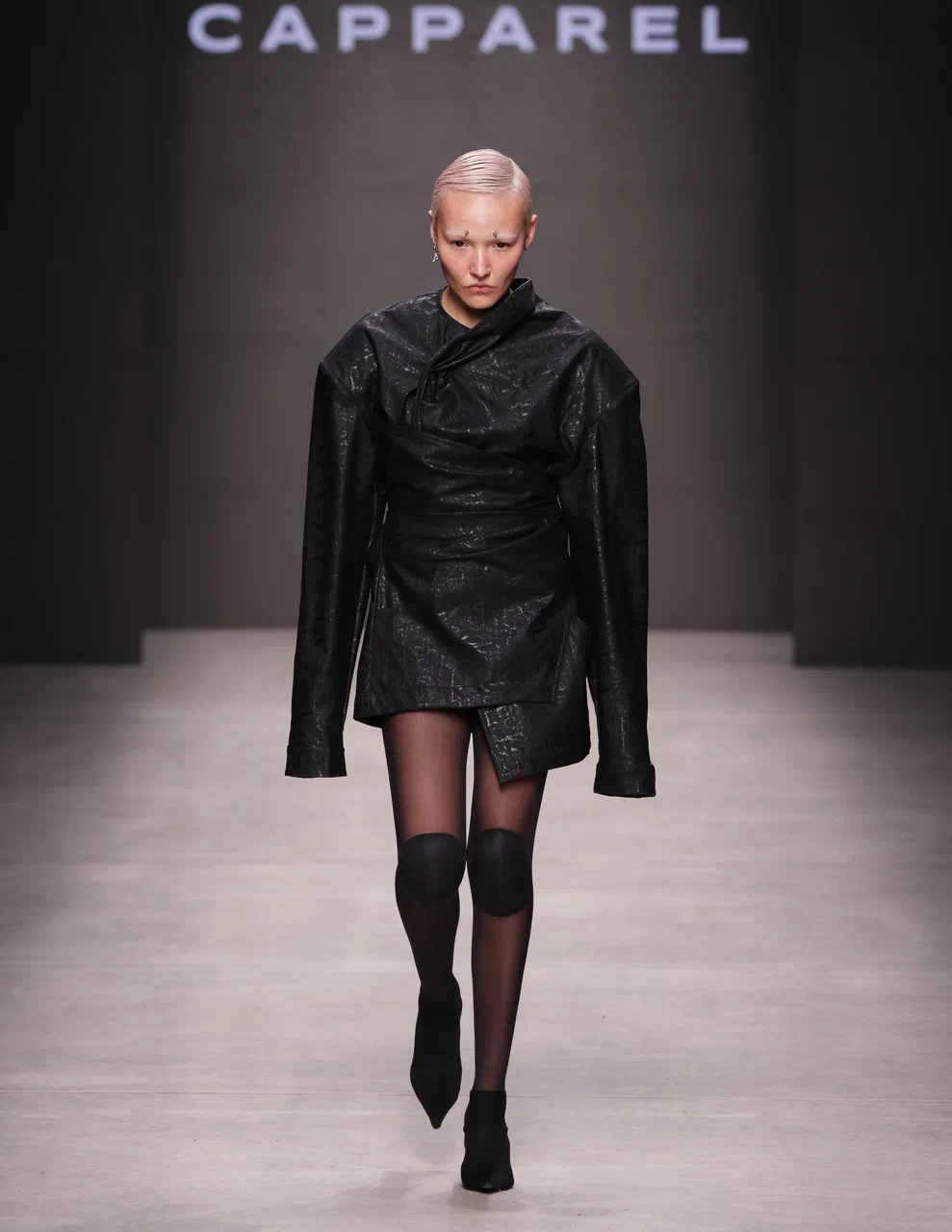
- Blndvsn disrupted traditional form with asymmetry and architectural sharpness.
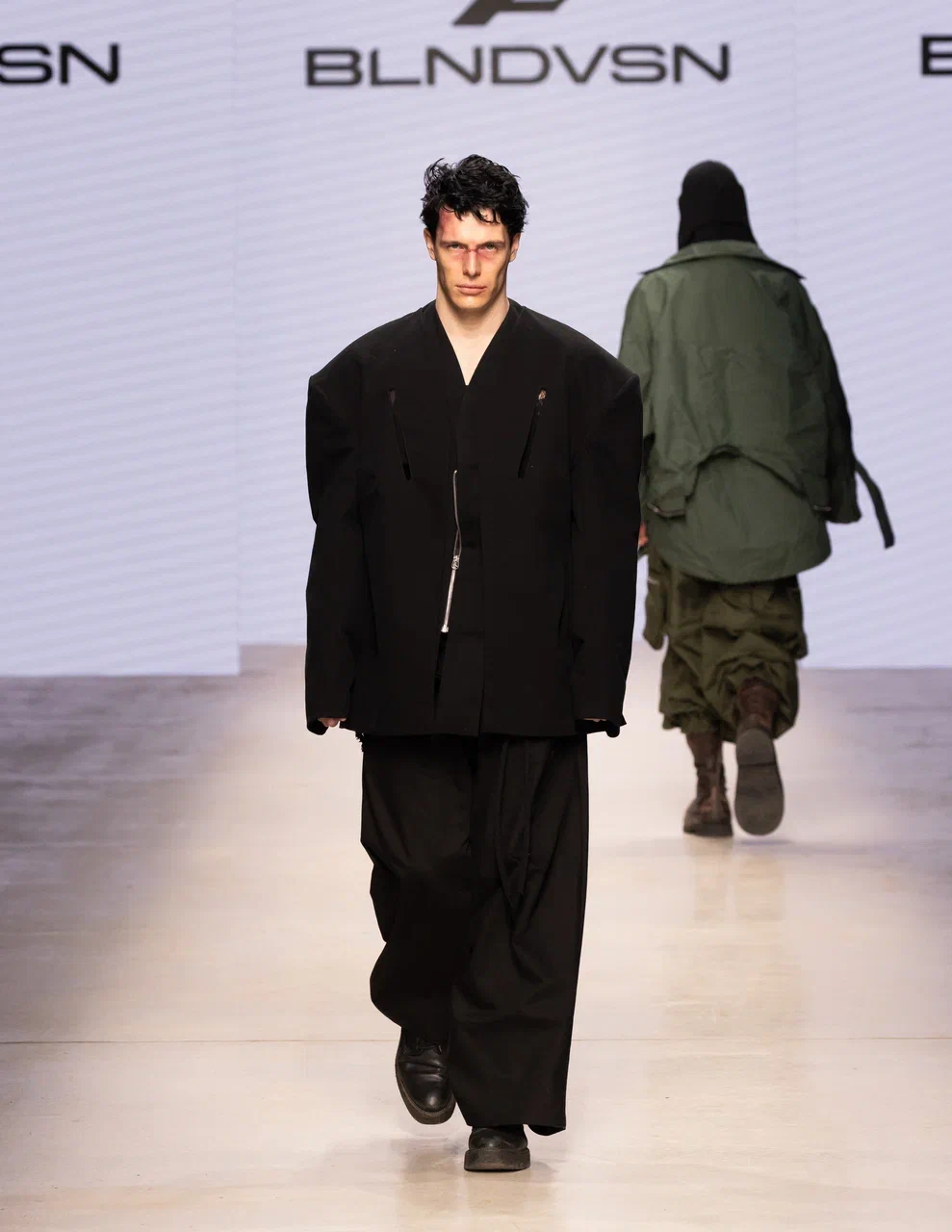
3. Neo-futurism and urban edge
From deconstructed minimalism to cyber-infused elegance, several collections echoed a distinctly modern perspective. Clean lines, utilitarian layering, and visual armor appeared in various forms.
- Blndvsn led the charge with a brutalist-futurist fusion in black, grey, and khaki.
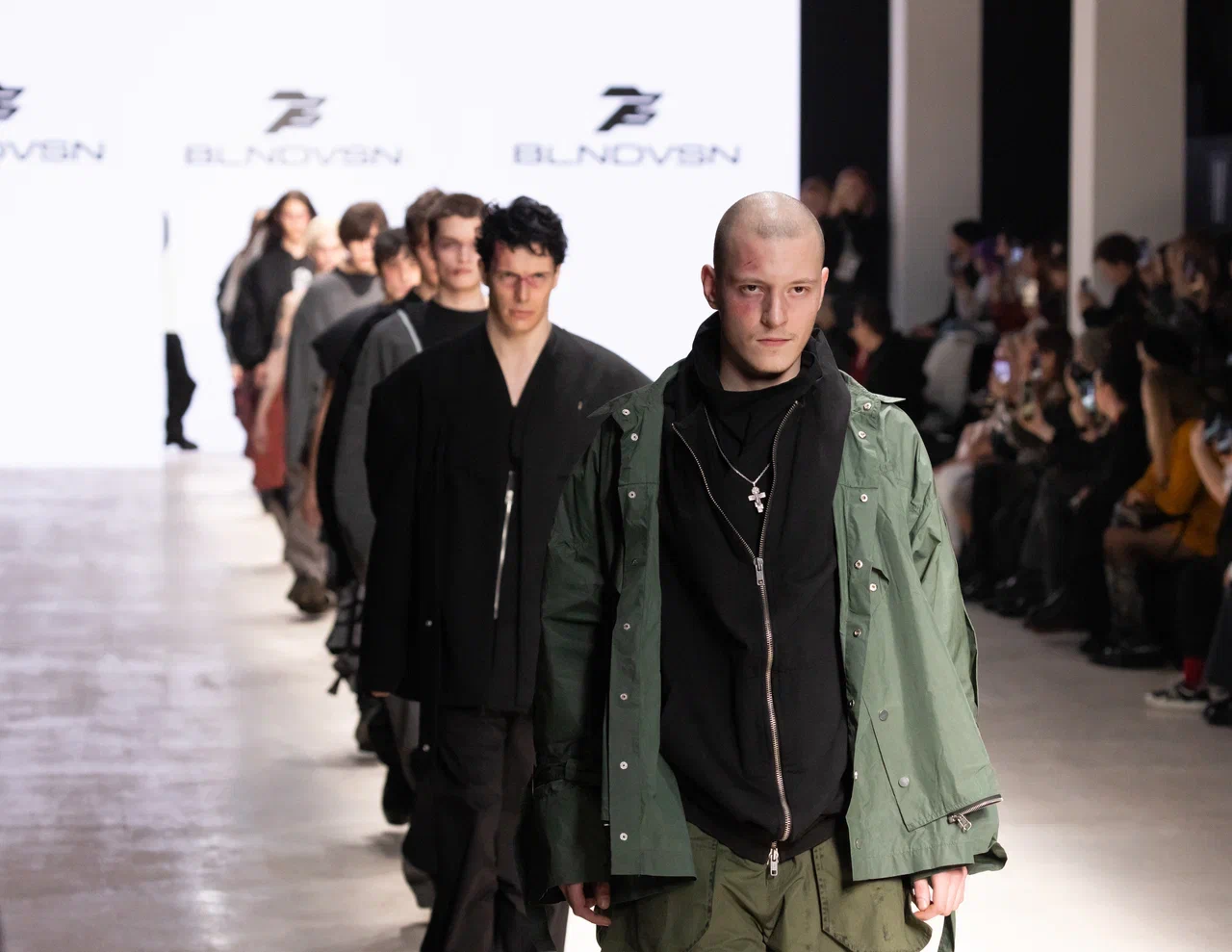
- AP Design leaned into dystopian softness, using abstract silhouettes.

- Rogov broke every rule with maximalist print clashes, graphic patterning, and controlled chaos in colour.
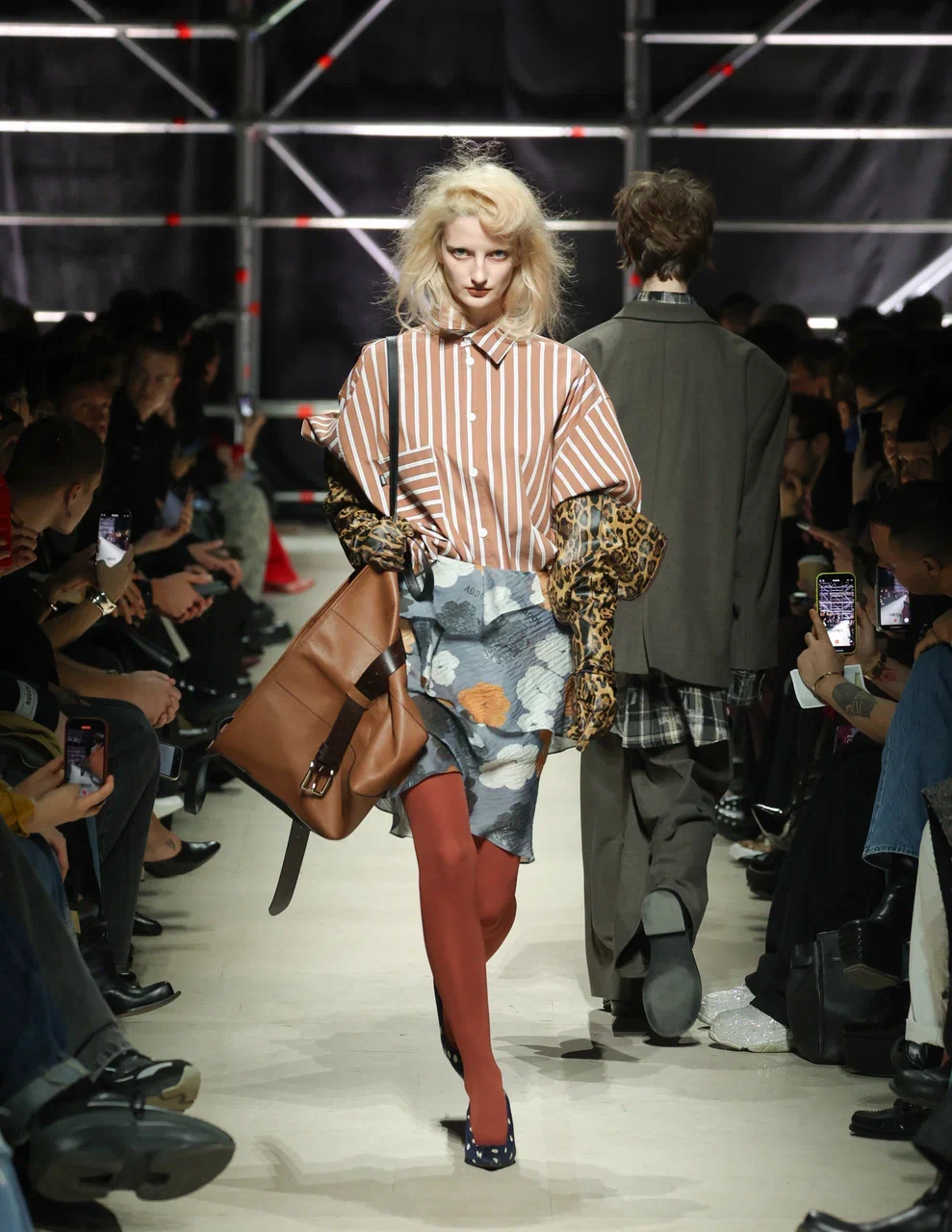
- Institute of Business and Design (B&D) led the charge with metallic suits, chain-link details, and cybernetic influences.
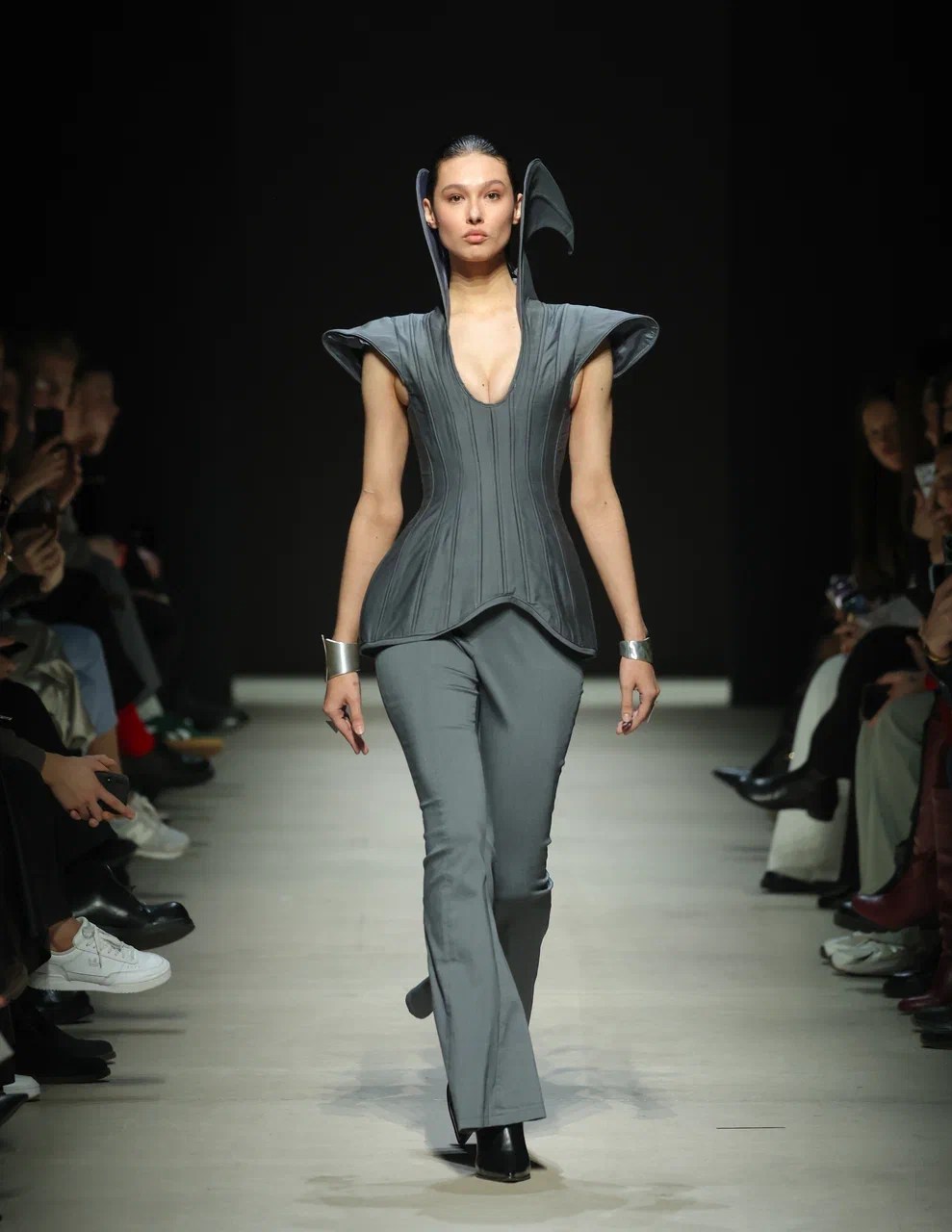
4. Sustainable Innovation
Eco-conscious design was central at Moscow Fashion Week. From upcycling to innovative materials, sustainability was explored not only as a production method but as a design philosophy.
-
Ogo Citizen (Yakutsk) created a collection from repurposed materials, integrating distressed textures and raw finishes to deliver fashion with grit and message.

-
Institute of Business and Design (B&D) took a futuristic approach, using recycled textiles and metallized accents to produce cyborg-inspired silhouettes with a sustainable core.

-
Moscow Art Industrial Institute opened the week with student collections that merged symbolism with mindful material use.
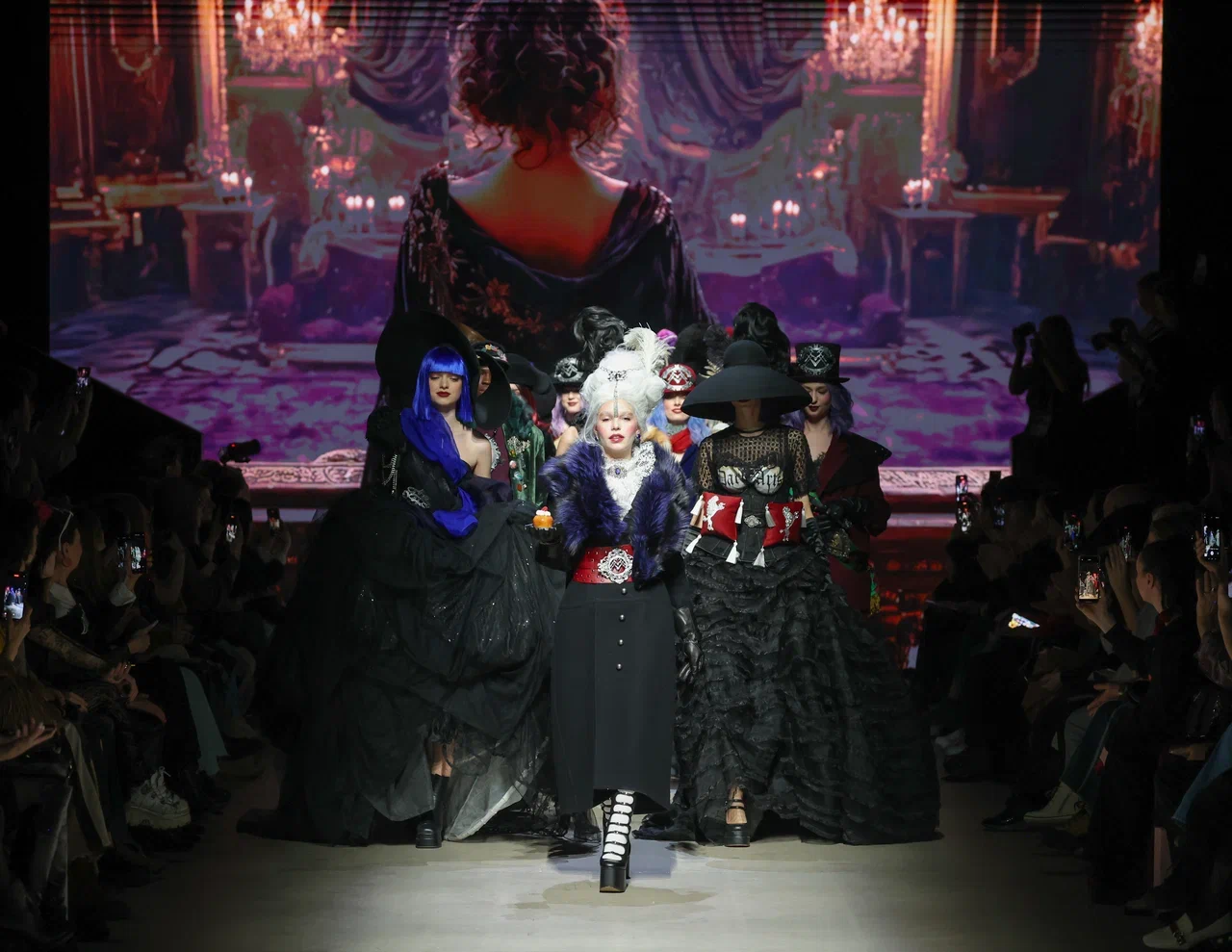
5. Global Perspectives
International participation shows the growing global relevance of Moscow Fashion Week.
Designers from across continents brought cultural significance to the runway, creating dialogues between local craft and global fashion narratives.
-
Reborn29 (Indonesia) merges traditional Indonesian textiles with bold, contemporary cuts.
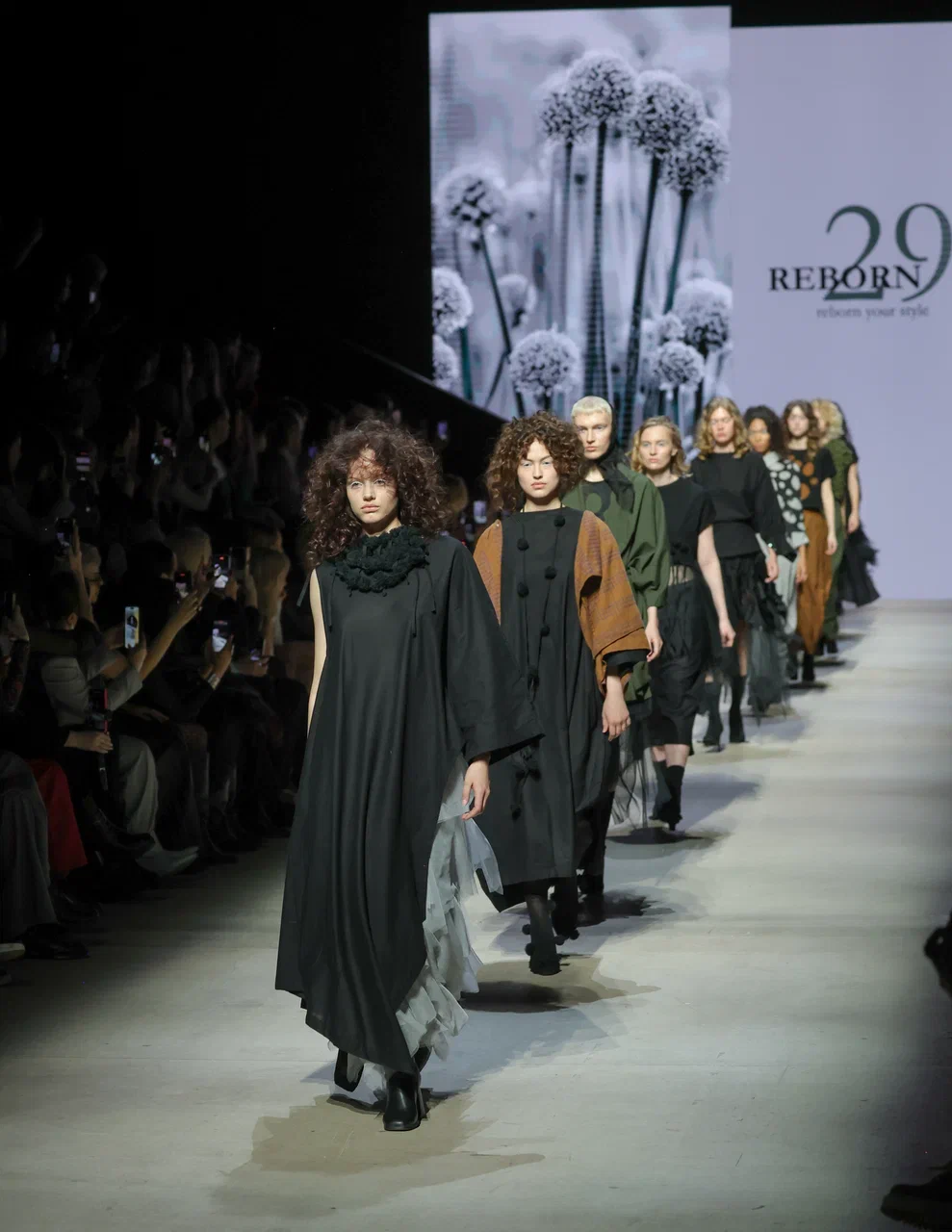
-
Musawenkosi (South Africa) introduced a refined vision of African tailoring, combining sleek silhouettes with cultural symbolism.

-
Designers from Armenia, Turkey, China, and other nations added diversity to the program, proving that MFW is not just a Russian affair but a cross-cultural platform with global intent.

Picture: Supplied


